Advertisement
Mike Mandel's 'Baseball-Photographer Trading Cards'
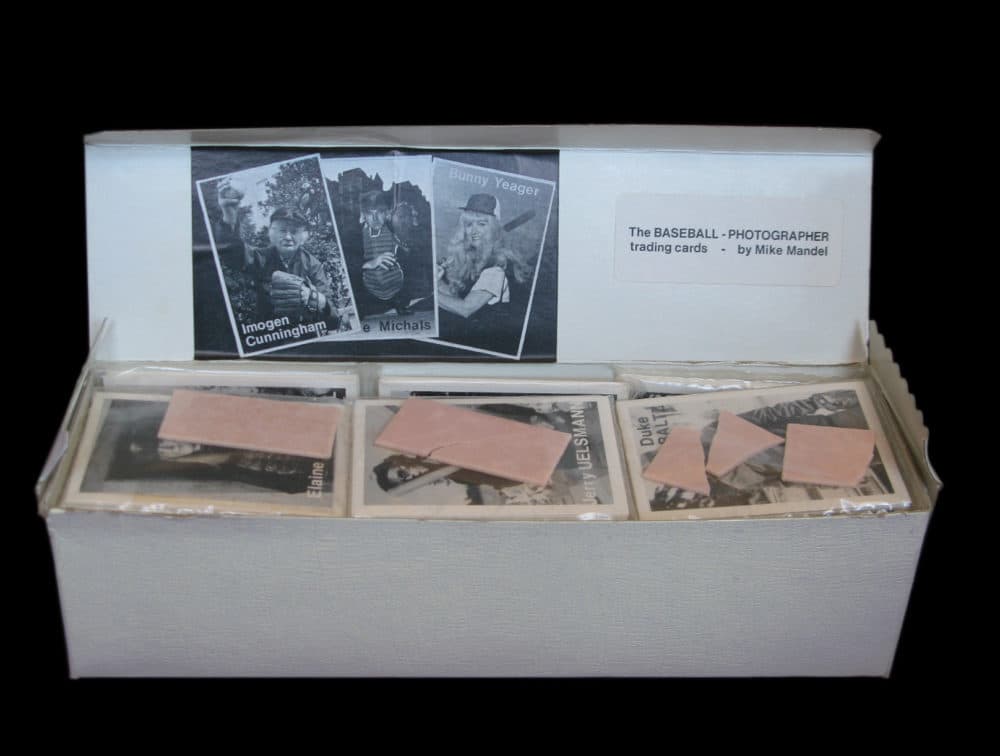
Mike Mandel grew up in Los Angeles. When he was 8, he became a San Francisco Giants fan. That same year, 1958, he became an avid baseball card collector.
"When I got to be about 13, my father said, ‘You got all these baseball cards. Why don’t you just give them to the kid across the street who’s, you know, 10?’ " Mandel remembers.
To this day, he can’t believe he did that. But about a decade later, he found a way to use baseball cards to express another passion.
College Days
Mandel studied photography as an undergrad at Cal State Northridge. He graduated in 1972.
"Photography, at that point, was at a very interesting moment," Mandel says. "It was — at least the fine art world of photography was — confined to a pretty small group of people. I mean, there were people like Ansel Adams who were very well known, but not a lot of people around the world that were that well-recognized."
For decades, photography had been widely seen as a utilitarian medium best suited for journalism and portraiture, not as high art. But by the time Mandel earned his graduate degree from the San Francisco Art Institute, that perception was changing.
"Around that period, the mid ’70s, photographers started to become recognized," he says. "They started to become able to sell work through galleries and be collected by museums.
"And, to make fun of that, I thought I would do a project. And that project was the Baseball-Photographer Trading Cards. So that idea was to go around and make pictures of well-known photographers."
Advertisement
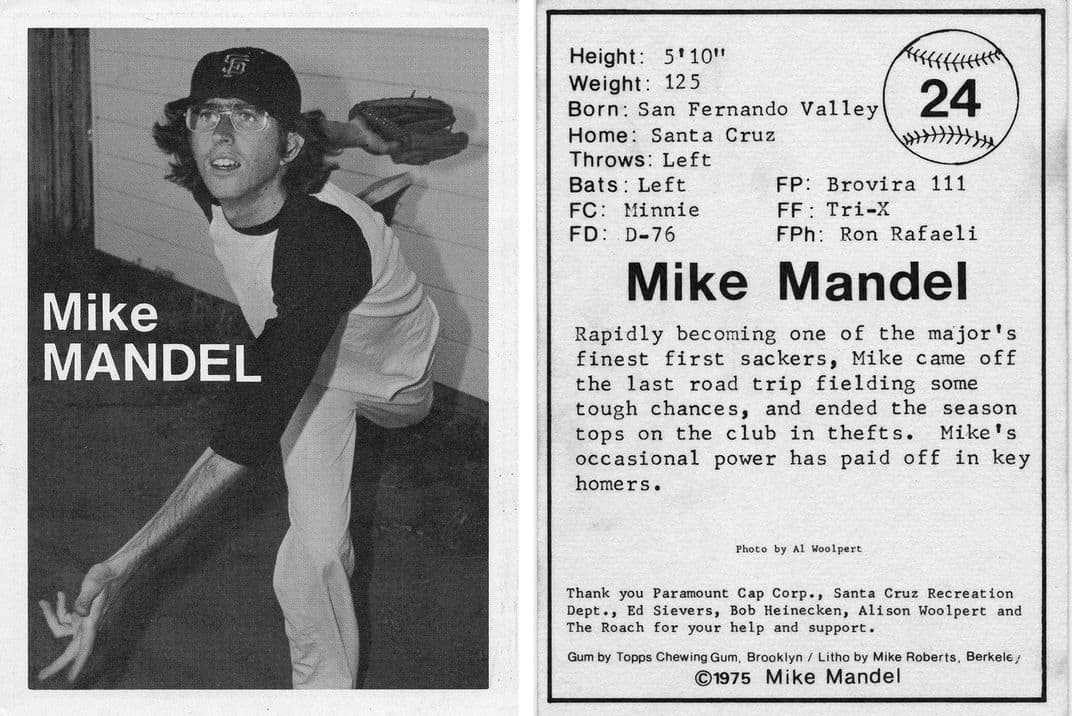
The Concept
Mandel hoped to have the photographers pose as hitters, defensive players — whatever they wanted to do.
"I had caps for all the teams," he says. "I had gloves. I had a bat. I had an umpire’s chest protector."
For the back of the card, Mandel would ask the photographers to fill out a questionnaire. It asked for their height, their weight …
" ... their favorite camera, their favorite film, their favorite developer, their favorite photographer," Mandel says.
It was a fun idea. But Mandel was faced with a problem. How would he actually get photographers to play along?
"First of all, I needed to make some prototypes that would enable me to get to the next step," Mandel says.
So, in the summer of 1974, he turned to a photographer he knew — Imogen Cunningham. The 91 year old was well known for her botanical photographs and industrial landscapes. She lived nearby.
"I wanted her to choose to wear a baseball cap, but she already had it figured out," Mandel remembers. "She was gonna wear a Mao cap."
That’s "Mao" — as in "Chairman."
"And I said, ‘Well, can’t we do the Cincinnati Reds? Will that work out?’ But, no. We had to do the Mao cap."
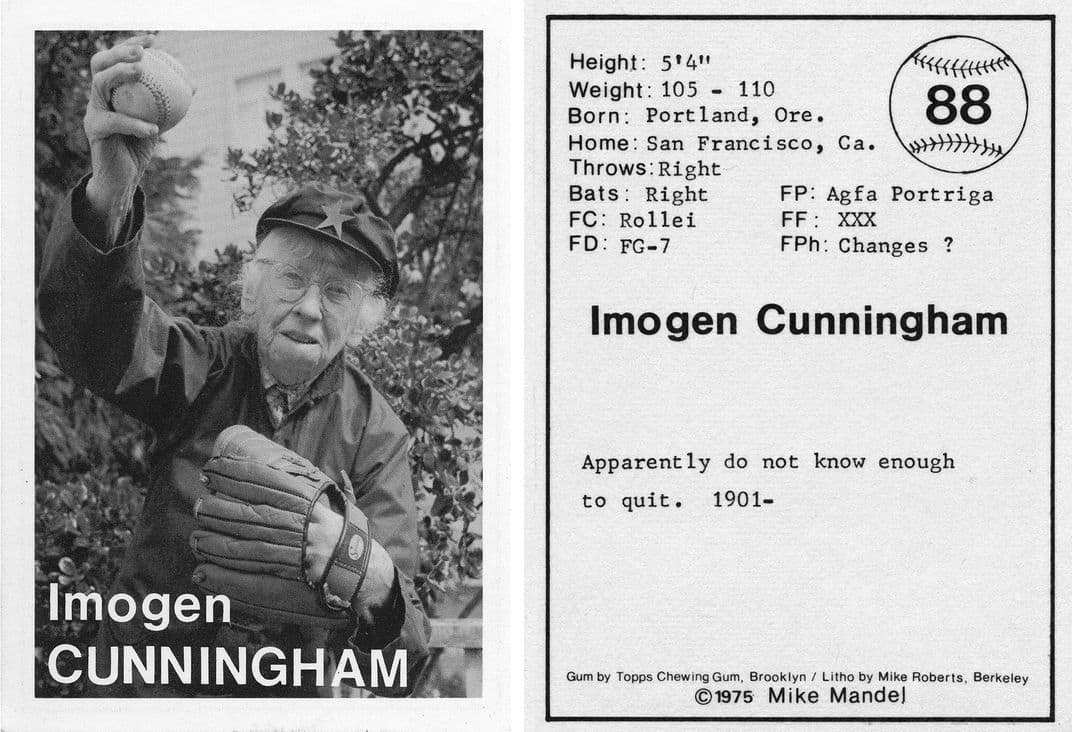
Cunningham posed as a pitcher, her white hair and impish grin peeking out from under the brim.
"And she actually had a very nice follow through," Mandel says. "And I like the picture a lot. I think it really shows her in a very high spirit."
In fact, Cunningham liked the idea so much that she did Mandel a big favor.
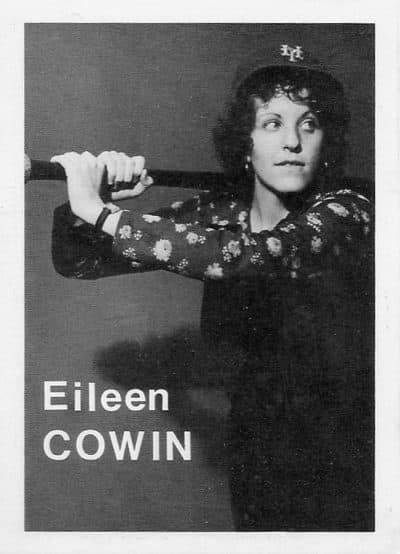
"She was able to contact Ansel Adams, who was a good friends of hers, who lived down in Carmel — down in the Monterey Bay area," Mandel says.
A Faulty Flash
Mandel says Adams, already a legendary landscape photographer and environmentalist, was more than amenable. But it took three months to get onto his calendar.
"And it turned out that I underexposed everything, because my flash wasn’t synchronized," Mandel says. "So, I ruined all my negatives. And I was extremely humiliated and embarrassed — because he had done a number of books about the technical aspects of photography. So to be someone who screwed up, technically, was pretty embarrassing."
Mandel called Adams to explain what happened. Adams just laughed. Three months later, he had another appointment. He made sure to sync the flash.
"And I had Ansel wear the catcher’s mask and the chest protector," Mandel says. "I thought the idea of the catcher, he’d appreciate. As ‘the catcher of light.’
"He looked a little funny with his catcher’s mask on. He’s got the ball in his hand. Looks like it might have been kind of a typical baseball card."
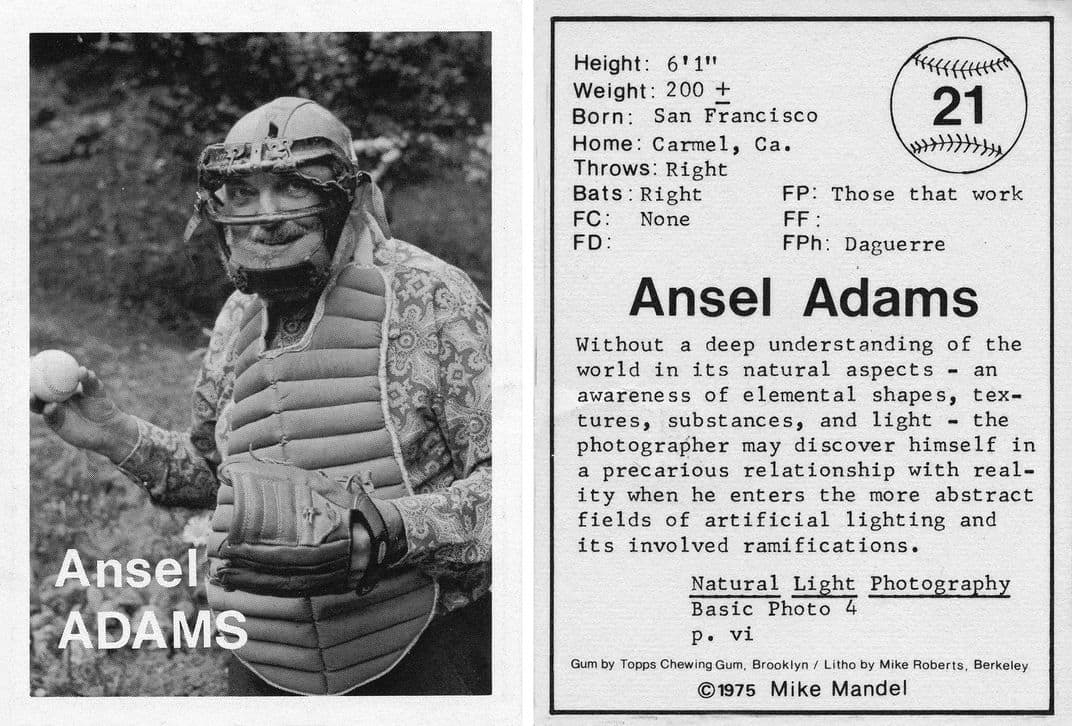
Mandel’s plan had worked. In the late summer of 1974, he and his photographer girlfriend, Alison Woolpert, set out on a cross-country road trip in his tiny Renault. Thirty-six states and 14,000 miles later, Mandel had made portraits of 134 eminent photographers.
In 1975, it was time to actually produce the sets.
Chewing Gum
"The cards were done in the same methodology as the original baseball cards," Mandel says. "You would buy a pack of 10 cards that were packaged at random, with a piece of bubble gum, for a dollar."
Mandel had 400,000 cards printed.

"I got about that many pieces of bubble gum donated by the Topps chewing gum company," Mandel says. "I think they just enjoyed the idea. I just had to pay for the shipping, and that was it. The aroma of the gum sitting in my house was pretty intense."
When the cards were finally released in 1975, they garnered a lot of attention.
"I think I’m the only artist that ever had a project that was covered at the same time by Newsweek, Popular Photography and Sports Illustrated," Mandel laughs.
Museums exhibited the collection. Photographers threw card trading parties all over the country. Mandel was becoming a minor celebrity and meeting other photographers and artists.
"It gave me a lot of confidence in my ideas and going forward with other kinds of conceptual projects."
Like photo collections of obsolete motels, people in cars and a middle-aged Santa Cruz housewife. He also created images for a series of 90 nonsensical billboards.
Mandel’s work over the next several decades would make him one of the most exhibited photographer/artists in the country.
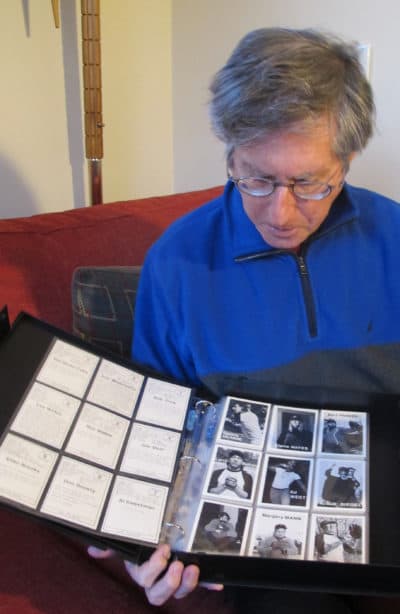
Appreciating Value
When I first walked into Mike Mandel’s living room, I almost accidentally sat on a white cardboard box on his couch. As we wrap up our conversation, Mike Mandel points to it. It’s a complete set of Baseball-Photographer Trading Cards.
"Now, if you bought, like, a full carton of cards — like that carton that is sitting right next to you — of the original cards, I think sells for, like, $15,000 on the art market," Mandel says.
Gee … I hope nobody put their Naomi Savage, Beaumont Newhall and Bunny Yeager cards in their bicycle spokes.
A second edition of Mike Mandel’s Baseball Photographer Trading Cards are included in a 2015 collection called "Good 70s." Topps isn’t making real bubble gum anymore, so the new cards have strips of pink Styrofoam printed with the disclaimer "This is not gum."
This segment aired on January 12, 2019.
